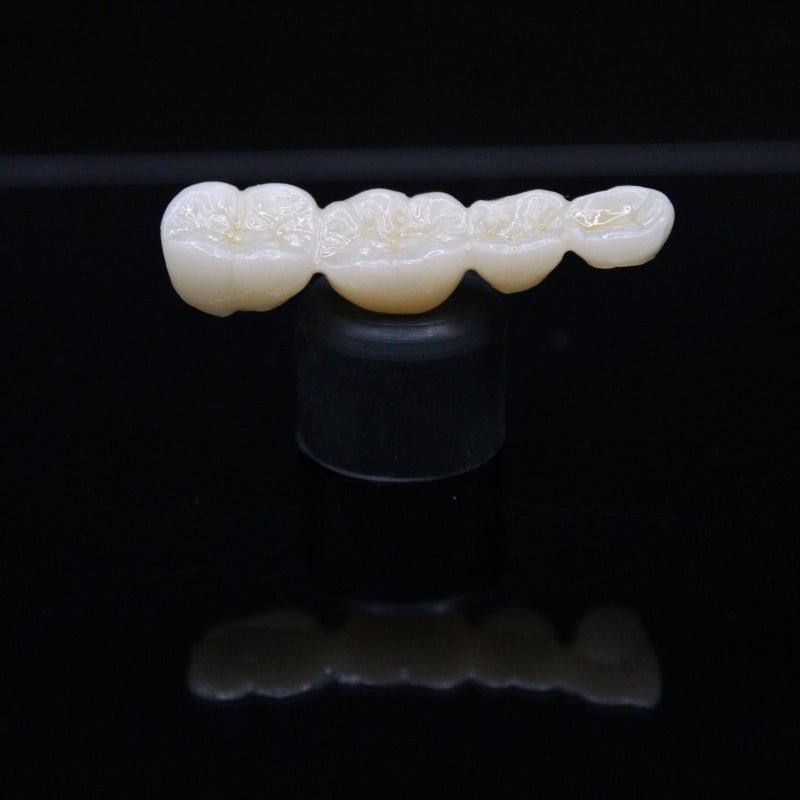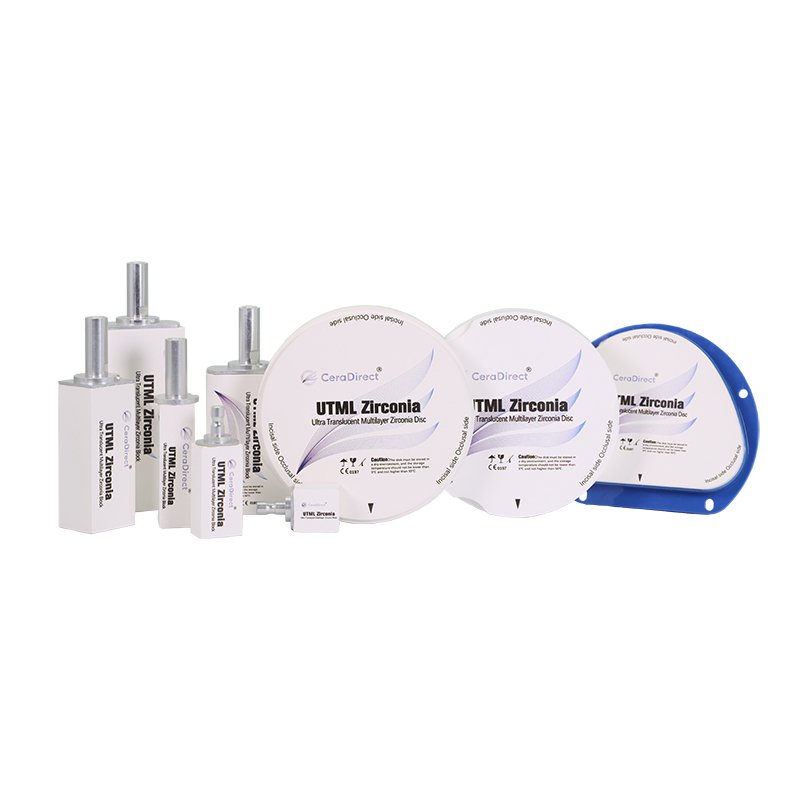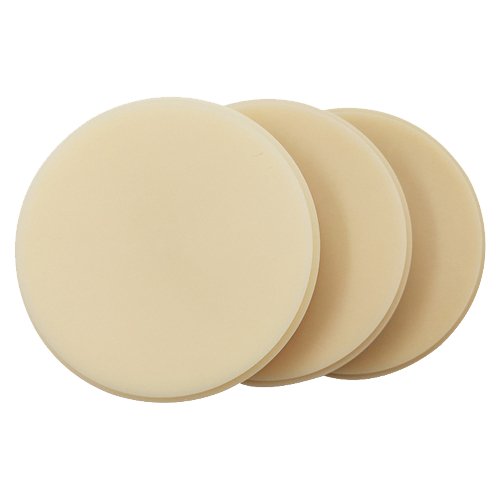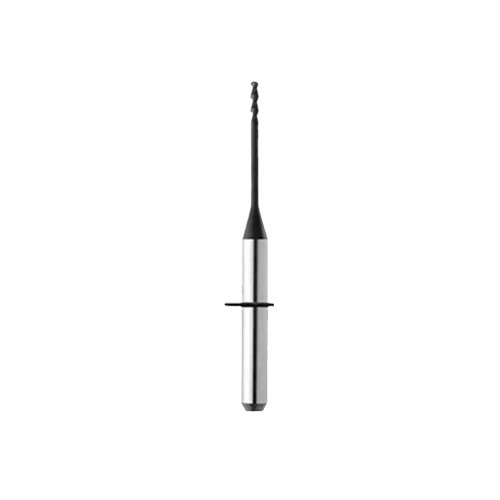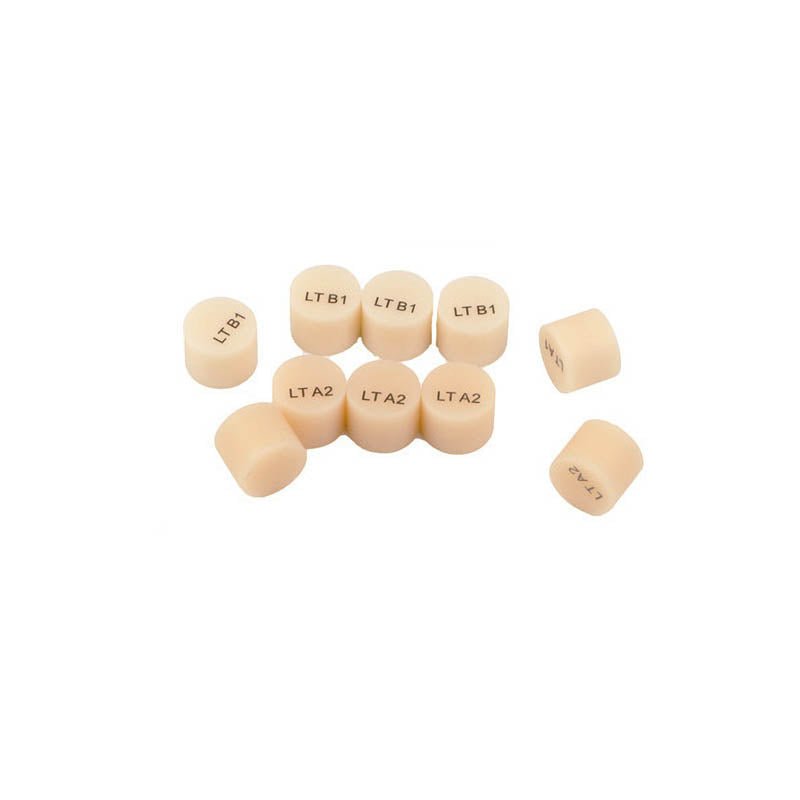
Understanding Zirconia
Zirconia, or Zirconium dioxide, is a strong and durable ceramic material that, unlike other dental materials, is biologically compatible and does not trigger allergic reactions. It's renowned for its strength, resilience, and minimal wear to the opposing tooth, making it an ideal choice for dental restoration and cosmetic procedures, including veneers.

What are Zirconia Veneers?
Zirconia veneers are thin layers of zirconia, custom-made to cover the front surface of your teeth for an improved aesthetic appearance. The strength and color-matching characteristics of Zirconia make these veneers an impressive choice, more so for patients who're seeking not just aesthetic but also resilient solutions for their dental woes.
Zirconia veneers are used to correct multiple cosmetic problems, including discoloration, gaps, misshapen teeth, or minor alignment issues. Since Zirconia closely resembles the appearance of natural teeth and is significantly stronger than other materials, it is an excellent option for changing the shape, size, color or overall appearance of your teeth.

The Procedure of Zirconia Veneer Placement
Typically, the procedure of getting Zirconia veneers includes the following steps:
1. Initial consultation: Your dentist will examine your oral health and discuss your aesthetic desires to determine if Zirconia veneers are your best cosmetic option.
2. Preparation: Minimal tooth preparation is needed. The dentist removes a small amount of tooth enamel to make space for the veneers. An impression of your teeth is taken, which is used to create custom-fit veneers in a dental lab.
3. Temporaries: Temporary veneers may be placed on your prepared teeth while your Zirconia veneers are being fabricated.
4. Test Fit: Once the permanent Zirconia veneers are ready, the dentist will first test-fit them to your teeth. Adjustments can be made at this point to ensure a perfect fit and appearance.
5. Application: The veneers are then bonded to your teeth using a strong dental cement.
Benefits and Limitations of Zirconia Veneers

Benefits:
1. Aesthetics: Zirconia veneers closely resemble the appearance of natural teeth in terms of color and translucency, which makes them excellent aesthetic solutions.
2. Durability: Known for their formidable strength, Zirconia veneers are highly resistant to chipping, cracking, or staining.
3. Biocompatibility: Zirconia is bio-inert, which causes minimal allergic reactions or sensitivities.
4. Minimal tooth reduction: Zirconia veneers require less tooth reduction compared to other dental crowns or veneers, preserving more of your natural tooth.
Limitations:
1. Cost: Zirconia veneers can cost more compared to other types of veneers due to the superior material’s cost and the technology involved.
2. Irreversible procedure: Veneer placement is an irreversible procedure as it involves the removal of a part of the natural tooth structure.
Conclusion
Zirconia veneers are a formidable advancement in the field of dental cosmetics, providing a high durability option that combines striking aesthetics with lasting performance. If you desire an aesthetically pleasing and resilient solution for enhancing your smile, Zirconia veneers might be a worthy option to consider, as they perfectly amalgamate the best of both worlds- beauty and strength. However, as always, discuss your options with a dental professional who can guide you to the best solution based on your individual dental needs, lifestyle habits, and cosmetic desires.

